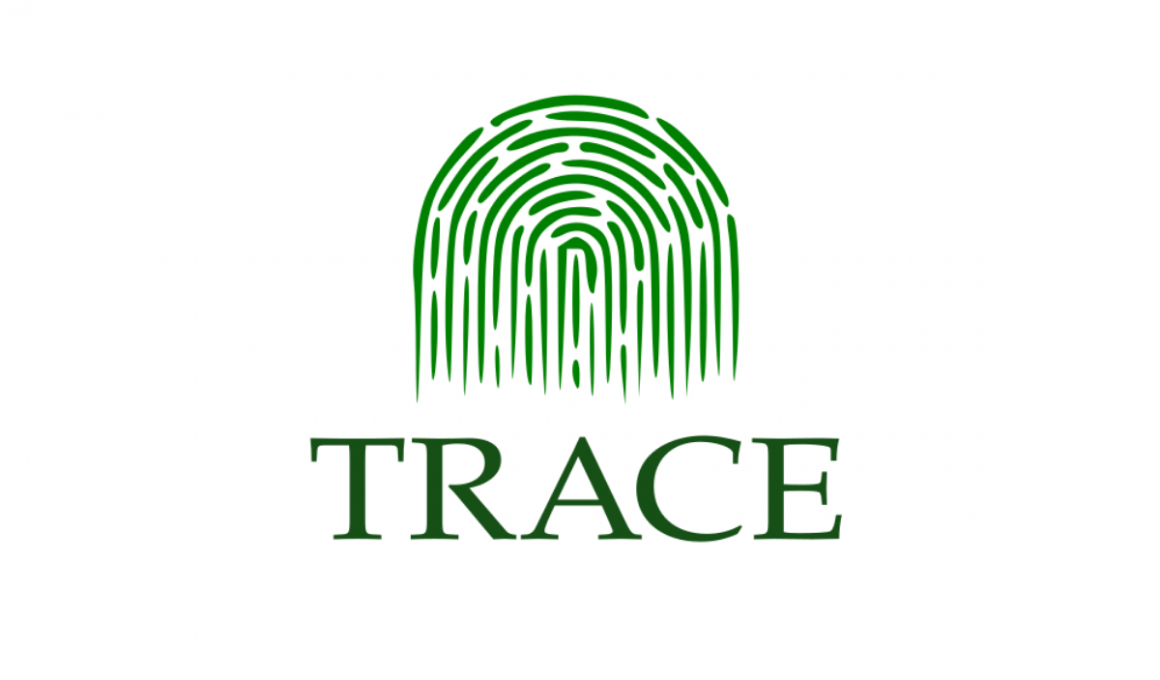How do we create demand for Cardano outside of our ecosystem? Most of the world sees cryptocurrency as, at best, a risky investment. A coin to be bought and sold. It’s kind of like the early days of computers, when no one could really figure out why the average person would want one. All of that changed as they started to become easier and less expensive to use. This suggests that if we want Cardano users to grow exponentially, we need to offer practical and inexpensive uses that make sense for businesses. If we do so, end users will follow. Cardano is still early in its development, which means that more complex projects may take years to develop. However there are other applications that can be moved to market more quickly. Product tracking is one such area.
Most large manufacturers already have a product tracking system in place. Unfortunately this kind of software is often prohibitively expensive for small businesses. Boutique manufacturers of things like wine and olive oil have few reasonably priced options when it comes to software that allows them to track and validate merchandise. This proposal, Product Tracing on Cardano, proposes to offer a low cost alternative to small manufacturers with a dApp that is secured on the Cardano blockchain.
The Proposal
This proposal, which the team calls TRACE, has the goal of creating a beginning to end experience that allows the Manufacturer to input product data, create a QR code and add that to the product packaging. According to the proposal, the team will create an “intuitive in browser user interface” where the manufacturer can input data such as time and date of manufacture, lot number, etc. They will allow for some customization as manufacturers requirements will differ depending on product. The data the manufacturer has entered will be compressed into a QR code which will accompany the product on its journey to the consumer who will then be able to verify the information simply by scanning the QR code. The manufacturer will be given a unique NFT used as a unique identifier in order to create a quality seal for the product information and act as an anti-counterfeit measure. The Cardano blockchain protects the security of the data unlike websites, which can be discontinued or changed over time. The manufacturer is also able to track products and know where and when they were purchased. The system will be designed to allow entry by batch but will generate a unique identifier for each product so that they can be tracked individually. The goal is to integrate TRACE with most dApp connected ADA wallets. In later evolutions, outside of the scope of this proposal, the team intends to focus on the development of the NFT as a promotional product.
Because TRACE uses existing technology, testing can begin in relatively short order. In fact, the team hopes to begin beta testing after 3-6 months of development. Early adopters will be incentivized with small start up wallets to cover transaction fees and lower project costs. The team has included costs for development and marketing as a key measure of success will be to onboard and incentivize manufacturers to take the time and extra workload that testing a new product requires.
The Team
Michele is the operator of Harmonic Stake Pool and a computer science major
His previous development work can be viewed at: Harmonic Pool (Harmonic) · GitHub
Michele has previously constructed Cardano wallet interfaces in other projects and has created dApp connectors. He has several years of experience in development using multiple languages such as C++ Michele will be primarily focused on coding and development.
Stefano is the operator of RabbitHole Stake Pool
His github page can be accessed here.
He created a Welcome to Cardano guide.
He has a PhD in Marine Biology and extensive project management experience in the data science space. Stefano will be primarily focused on marketing and recruiting manufacturers.
The Roadmap
MONTHS 1-3:
- Defining a metadata format to be used in the final process;
- “Trusted source” NFT minting policy release;
- Early Testnet phase, no UI, only raw transaction submitted and queried;
MONTHS 4-6:
- Creating a simple web UI to input metadata, sending transactions, and reading metadata;
- Creating a mobile UI to scan the generated QR codes;
- Early testers access the product in Testnet;
- Mainnet beta release (intended to be stable);
- Product release;
MONTHS 7-12:
- On-boarding of new clients;
- Scaling of solution;
- Further development (possible avenues may include payment platforms and require further funding).
The Budget
32GB Memory-optimized cloud server = USD 4320;
Full time software development = USD 14400;
Full time product placement and client on-boarding = USD 14400;
Seed grants for beta clients = USD 200
Travel costs for client on-boarding = USD 300;
Promotional material = USD 500;
Other project costs and incidentals = USD 500.
Total Requested Funding: $34,620 USD
Final Thoughts
The team on this project is made up of two stake pool operators, both of whom are invested in the Cardano ecosystem. As with any project from a small team there is the potential for unexpected delays in the project. The responsibilities will be split between the two with one primarily focusing on development and the other on marketing. Both of these are important as even the best interface is useless without people willing to build on it. In fact, since they are focused on recruiting manufacturers outside the crypto space, marketing may well be the more difficult challenge. This project presents the opportunity to onboard businesses to the Cardano ecosystem and to create new business uses for blockchain technology. The Catalyst proposal can be viewed here.










